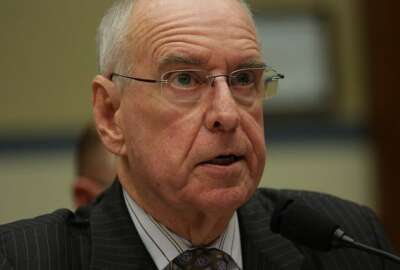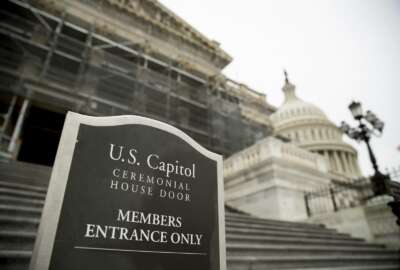
Timing your retirement to get maximum benefit
For at least the past six years, right or wrong, smart or not, some nervous feds from Maine to California have kept a nervous watch on Washington and their HR...
For at least the past six years, right or wrong, smart or not, some nervous feds from Maine to California have kept a nervous watch on Washington and their HR office.
They are watching the progress of half a dozen regular annual proposals to trim the future cost of civil service retirement benefits. The idea is to force most current workers to kick in substantially more to their Federal Employees Retirement System plan. It’s also to give people reduced benefits when they retire and reduce January cost of living adjustments in future for Civil Service Retirement System retirees and eliminate them completely — no more inflation protection for life — for current and future FERS retirees.
It’s little wonder that many people, active and retired, are sweating bullets each time the White House submits a budget or either the House or Senate get into the act of reducing future outlays at the expense of the professional workforce — and retirees.
Like residents of tsunami-prone coastal areas, the retirement-age feds who account for 40% of the workforce in many agencies include government scientists, lawyers, inspectors, IT experts, air traffic controllers and people with the Drug Enforcement Administration and the Border Patrol. They are trying to figure out if they can retire and avoid some of the proposed changes, and if so, when they should.
It’s a bit like trying to time the stock market while jumping rope and changing pants: Possible, in some cases, but not probable.
Jessica Klement, vice president for advocacy at the National Active and Retired Federal Employees Association, said its “never good to time your retirement based on what Congress might do.” NARFE keeps a close eye on the FERS and CSRS retirement systems, for obvious reasons. A growing number of private sector companies, including many of the most liberal and worker-friendly are dropping their defined benefit retirement plans. No more pensions for life. Instead they are getting employees to fund their own golden years through a combination of Social Security and a 401K plan which the company may or more often may not include its own contribution.
Bottom line is that CSRS and FERS, which replaced it, are arguably the best staff retirement plans in the nation. Many feds feel those benefits are part of the contract they signed when they joined the government and that changing the rules now would be a moral, if not legal breach of contract.
Congress and the White House could side step some of the political opposition to changing the retirement plans by making the changes prospective: That is they would apply to new hires, but not to people who have been on the job for years. But doing that would kick the proposed multi-billion dollar savings down the road decades. Which Congress or the White House aren’t likely to do.
Bottom line is feds and their retirement plans are back to square one, with one important distinction. With Democrats controlling the House they’re much less interested, at least in the House, in making those changes. And there has been a lot of opposition from members in key leadership posts — Steny Hoyer and Elijah Cummings of Maryland and Gerry Connolly of Virginia — who get elected and stay in office thanks to their heavily-Democratic, heavily-federal/retiree constitutents.
Some advice from the pros: The proposed changes have been around for years and they are still just that — proposed. No changes have been made. Also the political landscape has shifted, and the retirement programs, despite some close legislative calls the last few years, haven’t. They are still the same. Stay tuned to the news but avoid panic and look, and look again, before you retire to “beat,” maybe, some pending change.
Nearly Useless Factoid
By Amelia Brust
While it’s not certain whether President Theodore Roosevelt actually inspired Maxwell House coffee’s slogan “Good to the last drop,” his caffeine addiction transferred to his children so much so that they opened a chain of New York City coffeehouses starting in 1919. They wanted to introduce Americans to “real coffee” and a more leisurely cafe culture.
Source: Smithsonian Mag
Copyright © 2025 Federal News Network. All rights reserved. This website is not intended for users located within the European Economic Area.
Mike Causey is senior correspondent for Federal News Network and writes his daily Federal Report column on federal employees’ pay, benefits and retirement.
Follow @mcauseyWFED





